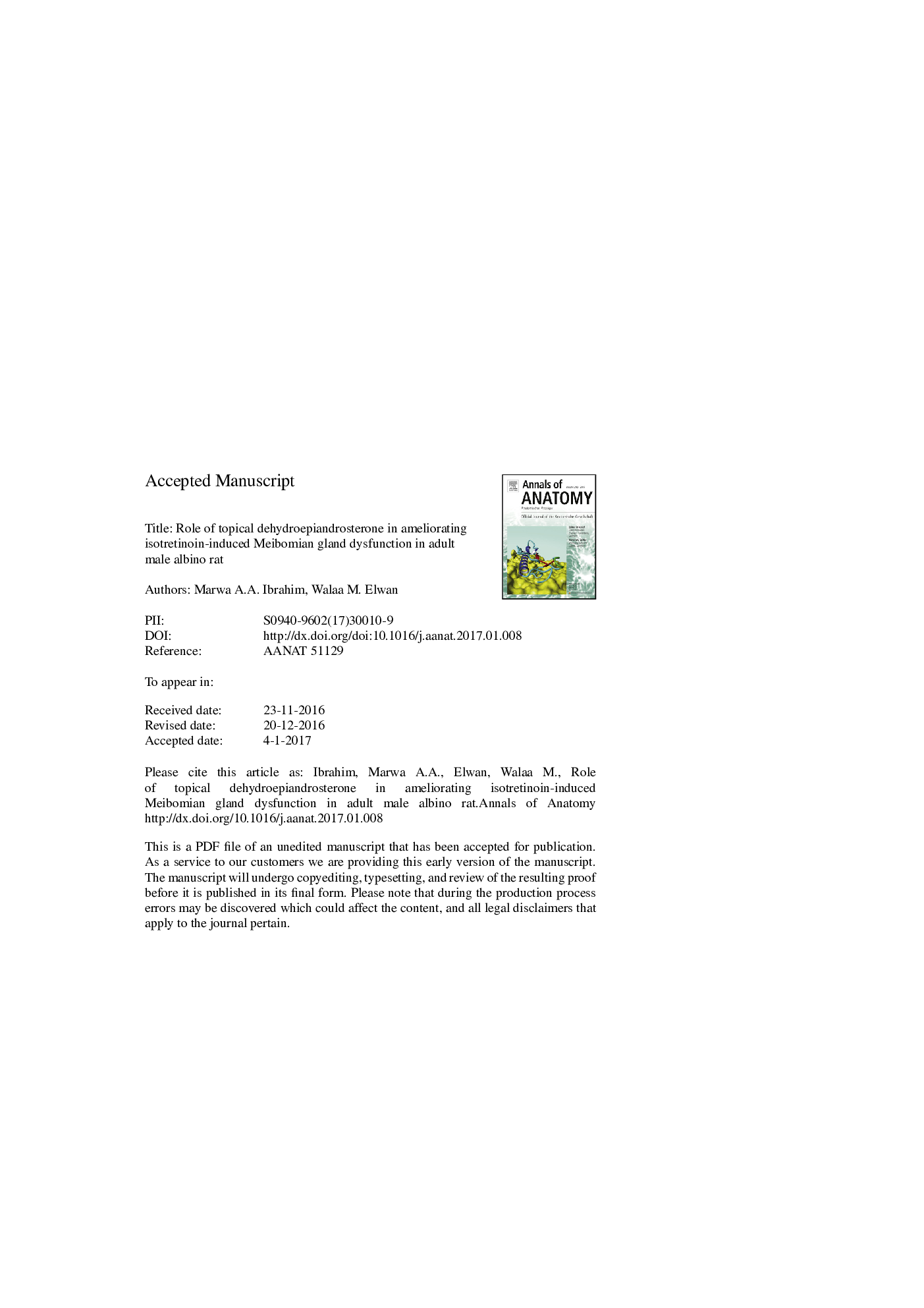| Article ID | Journal | Published Year | Pages | File Type |
|---|---|---|---|---|
| 8460473 | Annals of Anatomy - Anatomischer Anzeiger | 2017 | 31 Pages |
Abstract
The human orbital muscle (OM) is not readily accessible during ordinary anatomical teaching because of insufficient time and difficulties encountered in the preparation. Accordingly, its few anatomical descriptions are supported only by drawings, but not by photographs. The aim of this study was to present OM in dissected anatomic specimens in more detail. Following microscope-assisted dissection, its location, syntopy and morphology were analyzed in 88 orbits of 51 cadavers. Together with the periorbital connective tissue OM filled the infraorbital fissure (IOF) and extended back to the cavernous sinus. As a new finding, we here report that in 34% of the orbits we observed OM-fibers, which proceeded from IOF caudally to the facies infratemporalis of the maxilla. OM had a mean width of 4 ± 1 mm, a mean length of 22 ± 5 mm and its mean mass was 0.22 ± 0.19 g. The subsequent histological analysis of all specimens showed features of smooth muscle tissue: long, spindle-like cells with a centrally located cell nucleus (hematoxylin-eosin staining) which were innervated by tyrosine-hydroxylase immunopositive adrenergic fibers. We conclude that precise knowledge on OM might be very helpful not only to students in medicine and dentistry during anatomical dissection courses, but also to head and neck surgeons, ear-nose-throat specialists and neurosurgeons working in this field.
Related Topics
Life Sciences
Biochemistry, Genetics and Molecular Biology
Cell Biology
Authors
Andre Wilden, Janna Feiser, Aliona Wöhler, Zeynep Isik, Habib Bendella, Doychin N. Angelov,
